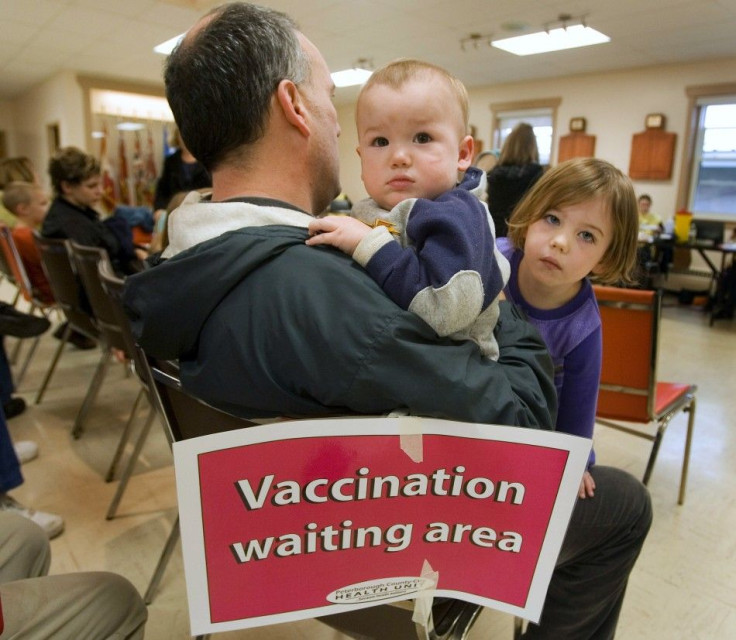Canada seeks a way to limit health-spending increases

Canada's top finance officials will try at a meeting next week to come to grips with the thorny problem of how to limit the rising costs of the country's universal public health-care system in the face of an aging population.
Health care in Canada is a responsibility of the provinces, and since 2004 the federal government has been increasing by 6 percent a year the amount of money it provides them to help pay for the system. It has committed to keep on doing so through 2016, and since 2006 it has increased its annual payments to C$27 billion ($26 billion) from C$19 billion.
But Prime Minister Stephen Harper sounded a warning on November 25 that both levels of government recognize that the cost of our health-care system cannot continue to rise more quickly than our revenues.
Federal and provincial finance ministers meet in Victoria, British Columbia, next Monday to tackle the problem.
We will continue to increase funding for health care in a way that is balanced and sustainable, a federal official said, without specifying what formula will determine what is sustainable.
Federal officials dismissed a newspaper report that the escalator would be tied to real yearly growth in gross domestic product, which is projected to range from 2.1 percent to 2.5 percent in the period 2011-15.
However, they did not rule out the idea of linking growth in
federal health spending growth to that of nominal GDP. Nominal growth includes inflation and would be a more natural benchmark for health costs since they too are subject to price inflation.
The economy is projected to post nominal growth through 2015 averaging 4.6 percent a year, still substantial but well under the current 6 percent rate of growth of federal health transfers.
The problem that Canada faces, however, is similar to that facing most advanced economies: the bulge in health spending that is expected as baby boomers retire and age.
This means that even if care is delivered efficiently, the health sector might have to account for a larger share of the overall economy, growing faster than nominal GDP.
© Copyright Thomson Reuters 2024. All rights reserved.





















